hotline:020-29026320 |13903018415
-
-
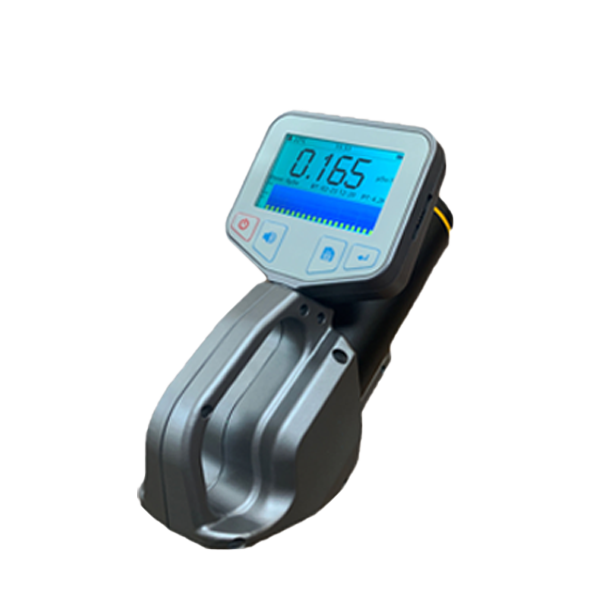
Radiation detection instrumentation
-
HYGP-2223 exposure type X, γ radiation measuring instrument
-
HYGP-2223BX, gamma dose rate meter (with tripod)
-
FI-329M intelligent household nuclear radiation detector
-
HY-2000M digital multi-channel gamma spectrometer
显示更多 -
-
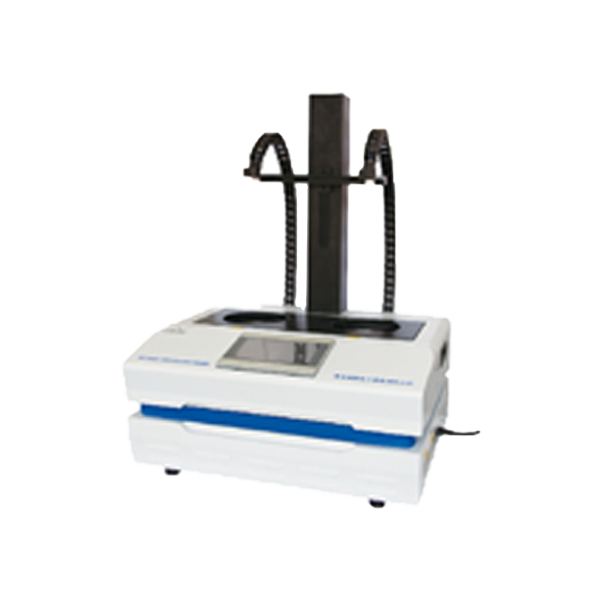
Laboratory Equipment
-
Radioactive distillation apparatus in water
-
2200Q portable turbidity meter
-
SPE Solid Phase Extraction Device
-
Portable spectrophotometer
显示更多 -
-
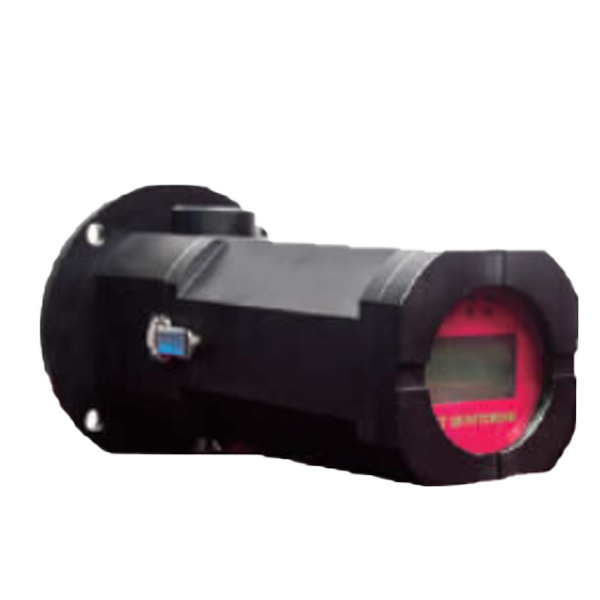
Portable environmental monitoring equipment
-
VOCs gas analyzer
-
Portable handheld VOC detector
-
Portable all-in-one multi-parameter analyzer
-
Dust detector
显示更多 -
-
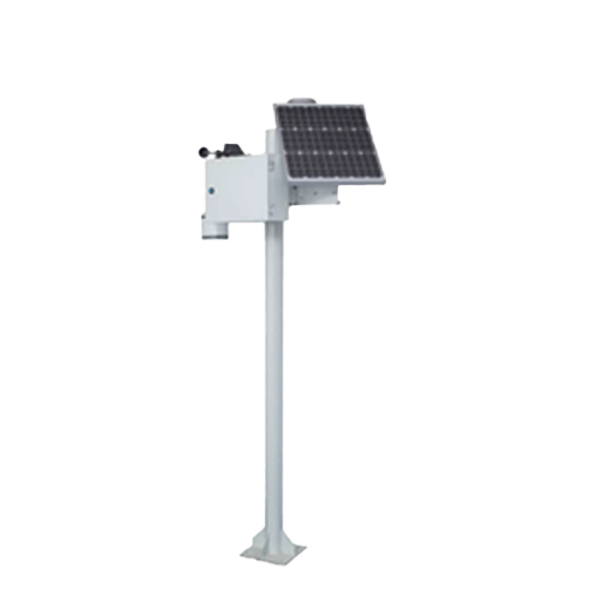
Environmental online monitoring system
-
CM-WG8200 grid air quality detection system
-
On-line monitoring system for CM-VOCs-5000 volatile organic compounds
显示更多 -
-
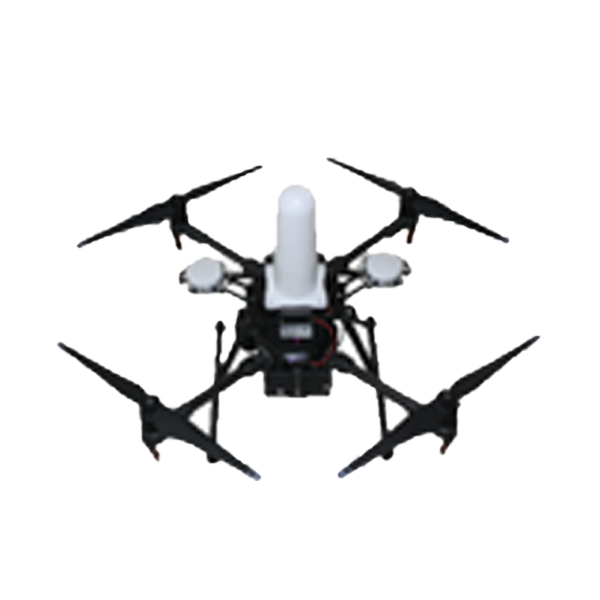
UAV Online Environmental Monitoring
-
OS-2 UAV Electromagnetic Environment Monitoring System
-
Nuclear emergency radioactive source search UAV
-
UAV Monitoring System
显示更多 -
-
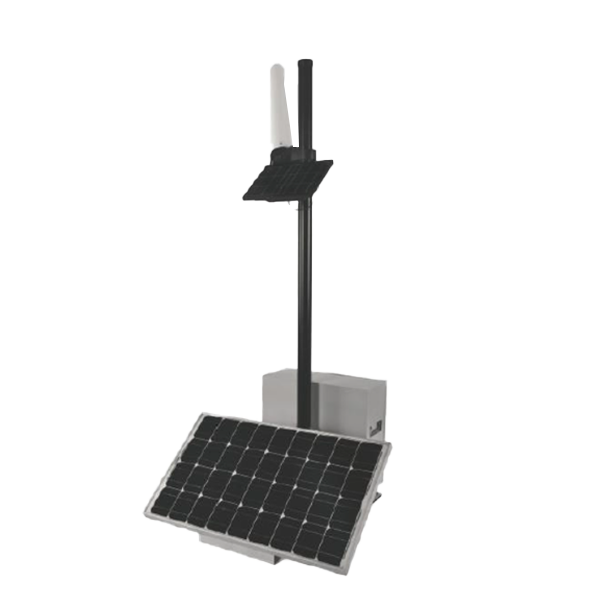
On-line Monitoring System of Electromagnetic Radiation
-
On-line Monitoring System of Electromagnetic Radiation
-
Automatic Monitoring System of HYEH460 Electromagnetic Radiation
-
HY-900A launch type radiation environment automatic monitoring station
-
OS-8 S Frequency Selective Electromagnetic Environment Online Monitoring System
显示更多 -
-
Unveiling the Secrets of Radiation Instruments: A Comprehensive Guide
2025-07-03
What Are Radiation Instruments?
Radiation instruments, or as we say in Mandarin, Radiation Instruments, are essential tools that help us measure and understand the presence of radiation in our environment. Whether you’re a scientist, a hobbyist, or just a curious mind, knowing how these instruments work can be quite enlightening!
Types of Radiation Instruments
There’s a whole array of radiation instruments out there, each suited for specific tasks. Here’s a quick rundown:
- Geiger-Müller Counters: These are the classic go-to devices for detecting ionizing radiation. They click and beep as they measure the radiation levels—like a Geiger counter’s way of saying, "Hey, you’ve got some radiation here!"
- Scintillation Counters: These beauties use special crystals that emit light when struck by radiation. They’re super sensitive and can detect even the tiniest amounts.
- Dosimeters: Think of these as your personal radiation badge. They’re often worn by workers in high-radiation areas to monitor exposure over time.
Why Are Radiation Instruments Important?
So, why should you care about radiation instruments? Well, let’s break it down:
- Safety First: In industries like nuclear power and healthcare, monitoring radiation is crucial for safety. Radiation instruments help prevent overexposure, keeping workers and the public safe.
- Environmental Monitoring: These devices play a significant role in tracking radiation levels in the environment, especially after nuclear incidents or accidents.
- Medical Applications: In hospitals, radiation instruments ensure that patients receive the correct dose during treatments like radiation therapy.
How Do Radiation Instruments Work?
Ever wondered what’s going on under the hood? Radiation instruments operate based on different principles:
- Ionization: Many instruments, like Geiger counters, work by ionizing the air around them. When radiation passes through the air, it knocks electrons loose, creating ions. The device counts these ions to measure radiation levels.
- Scintillation: This method involves detecting the light produced when radiation interacts with specific materials. The more light produced, the higher the radiation level detected.
Pretty neat, huh?
Choosing the Right Radiation Instrument
If you’re diving into the world of radiation instruments, here are a few tips to help you choose the right one:
- Know Your Needs: Are you monitoring environmental radiation, or do you need something for personal safety? Different instruments cater to different needs.
- Consider Sensitivity: Some tasks require high sensitivity—like detecting low levels of radiation in a lab. Others might not need that level of detail.
- Budget Wisely: Prices can vary dramatically. Make sure you balance features with your budget constraints.
Future of Radiation Instruments
As technology advances, radiation instruments are becoming more sophisticated. Innovations like digital displays, smartphone connectivity, and enhanced sensitivity are making them easier to use and more effective. The future is looking bright for these essential tools!
Final Thoughts
In a nutshell, radiation instruments (Radiation Instruments) are not just for scientists—they’re a vital part of our safety and health. Whether monitoring radiation in the environment, ensuring safe practices in healthcare, or just satisfying our curiosity, these tools are indispensable. So next time you hear that beep from a Geiger counter, remember: it’s a little guardian keeping us safe!
Previous Page:

COOKIES
Our website uses cookies and similar technologies to personalize the advertising shown to you and to help you get the best experience on our website. For more information, see our Privacy & Cookie Policy
COOKIES
Our website uses cookies and similar technologies to personalize the advertising shown to you and to help you get the best experience on our website. For more information, see our Privacy & Cookie Policy
These cookies are necessary for basic functions such as payment. Standard cookies cannot be turned off and do not store any of your information.
These cookies collect information, such as how many people are using our site or which pages are popular, to help us improve the customer experience. Turning these cookies off will mean we can't collect information to improve your experience.
These cookies enable the website to provide enhanced functionality and personalization. They may be set by us or by third-party providers whose services we have added to our pages. If you do not allow these cookies, some or all of these services may not function properly.
These cookies help us understand what you are interested in so that we can show you relevant advertising on other websites. Turning these cookies off will mean we are unable to show you any personalized advertising.
online message
Telephone:13903018415(Manager Wang)
Business: 020-29026320
E-mail:wangxueli@haiyoukj.com
Address: Room 703, Tian 'an Innovation Building, Panyu Energy Saving Science Park, 555 Panyu Avenue North, Donghuan Street, Panyu District, Guangzhou

Sweep code attention


